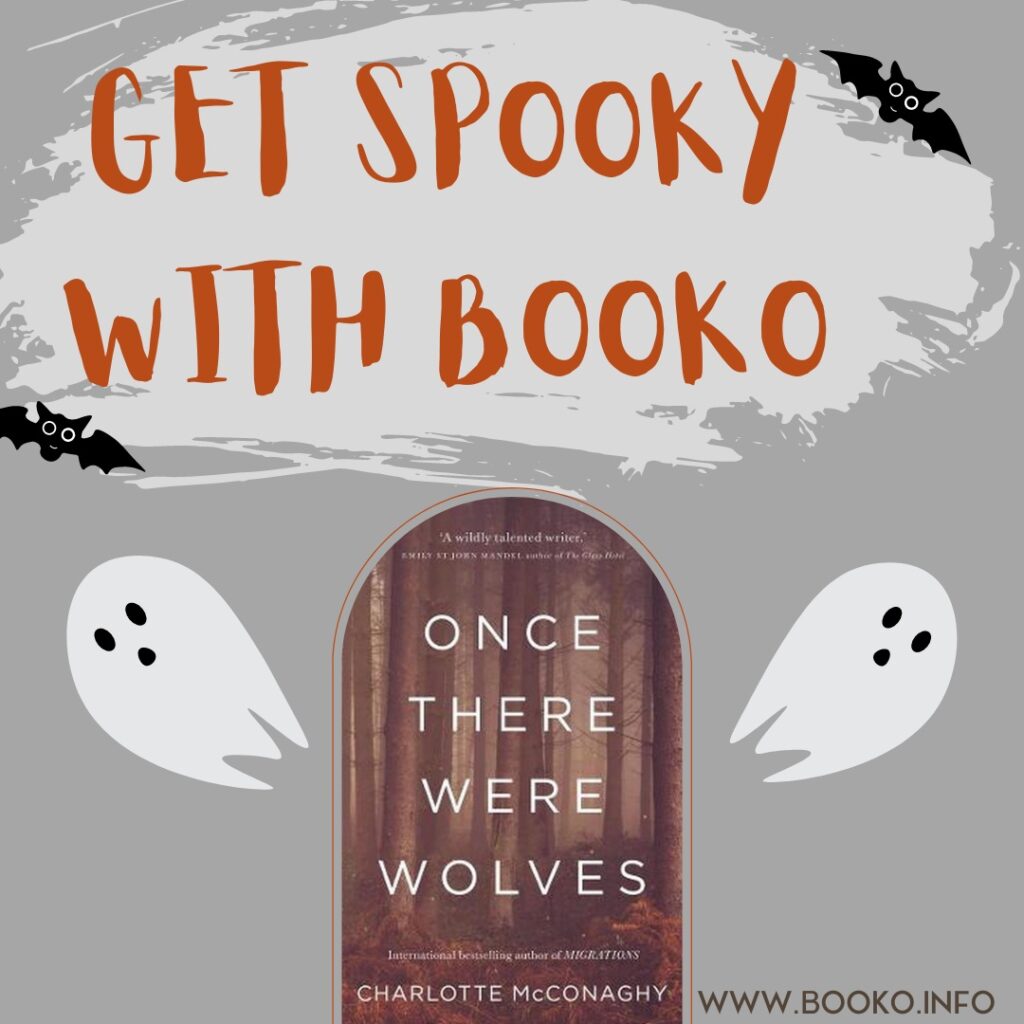The Burning is an emotional thriller from the bestselling father-son team who write brilliant, page-turning fiction.
Click through to read more.
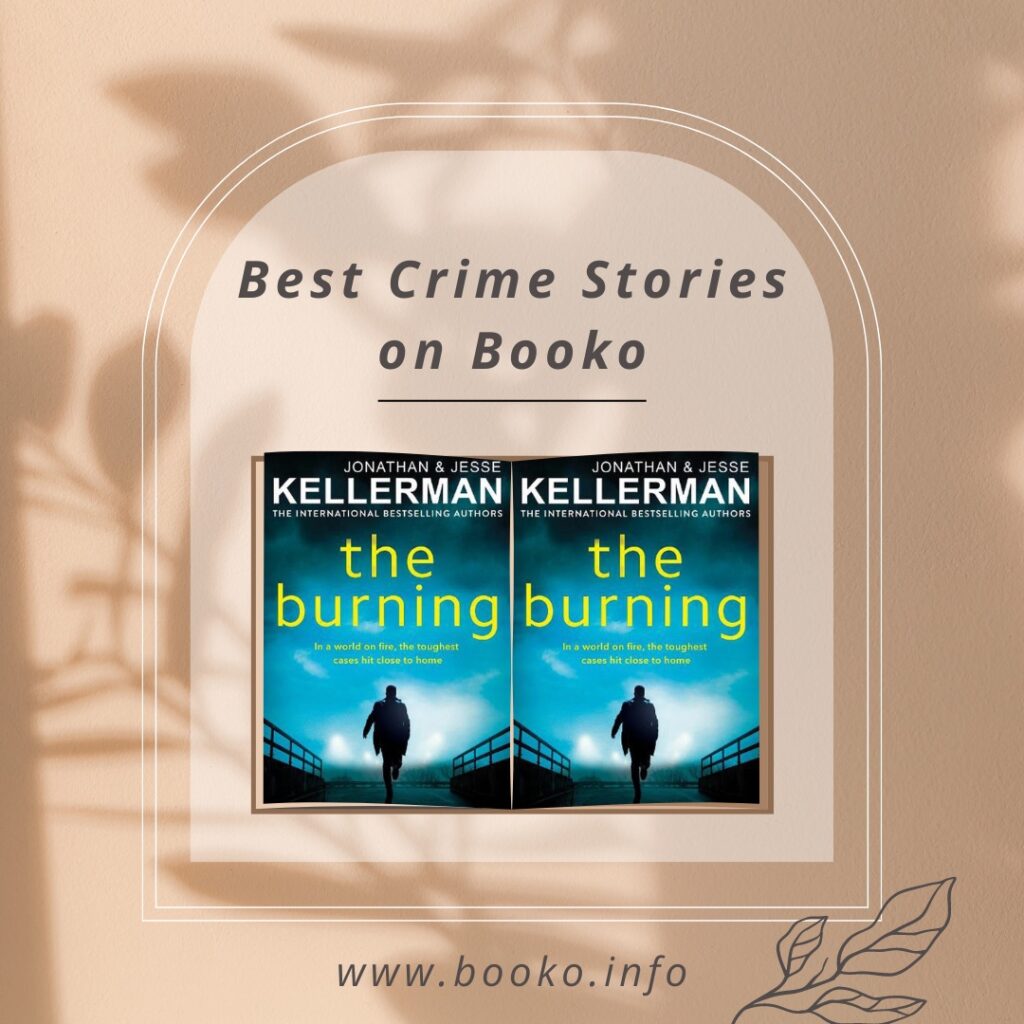
The Burning is an emotional thriller from the bestselling father-son team who write brilliant, page-turning fiction.
Click through to read more.

Buried in a Good Book is the first book in a brand-new gripping, and hilarious, mystery series by author Tamara Berry.
Click through to read more.
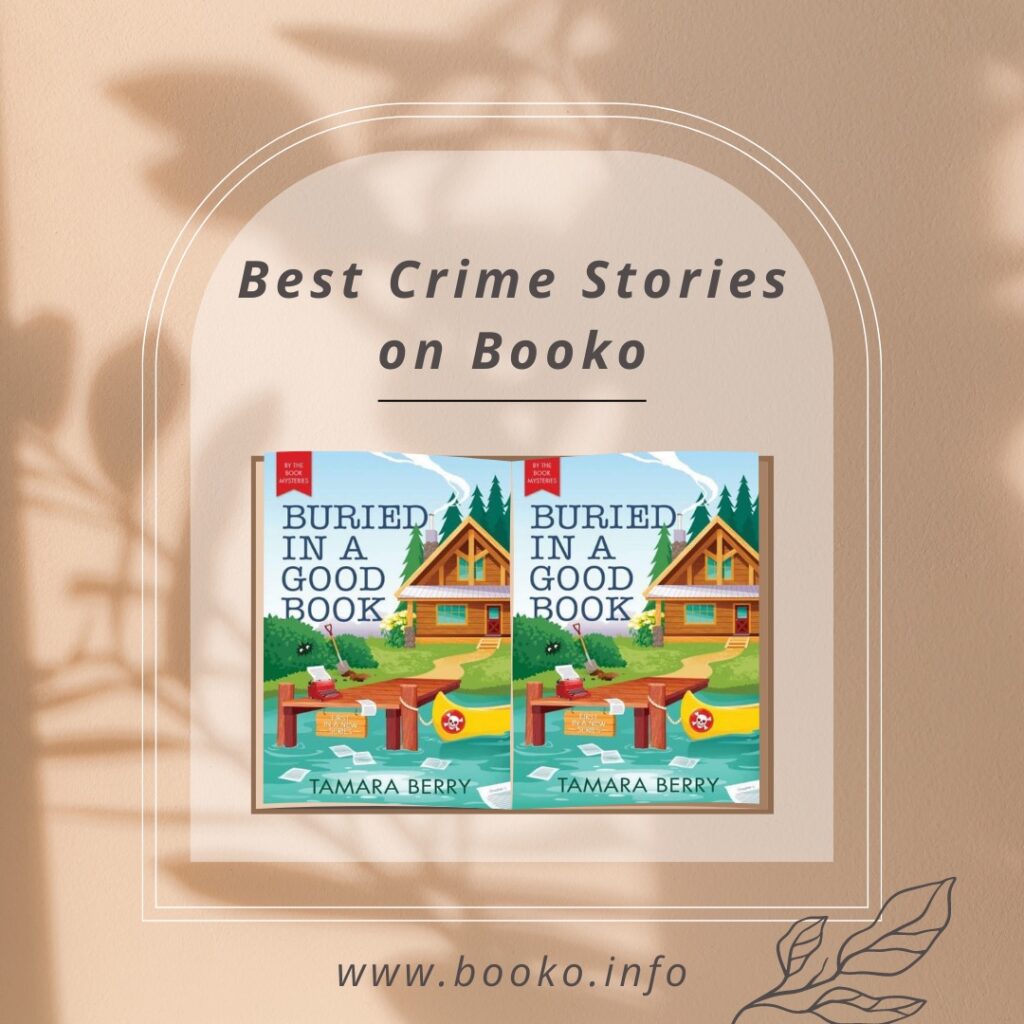
The Island is the newest thriller by Adrian McKinty where a car accident on the island triggers a series of events that has a family fighting for their own lives.
Click through to read more.
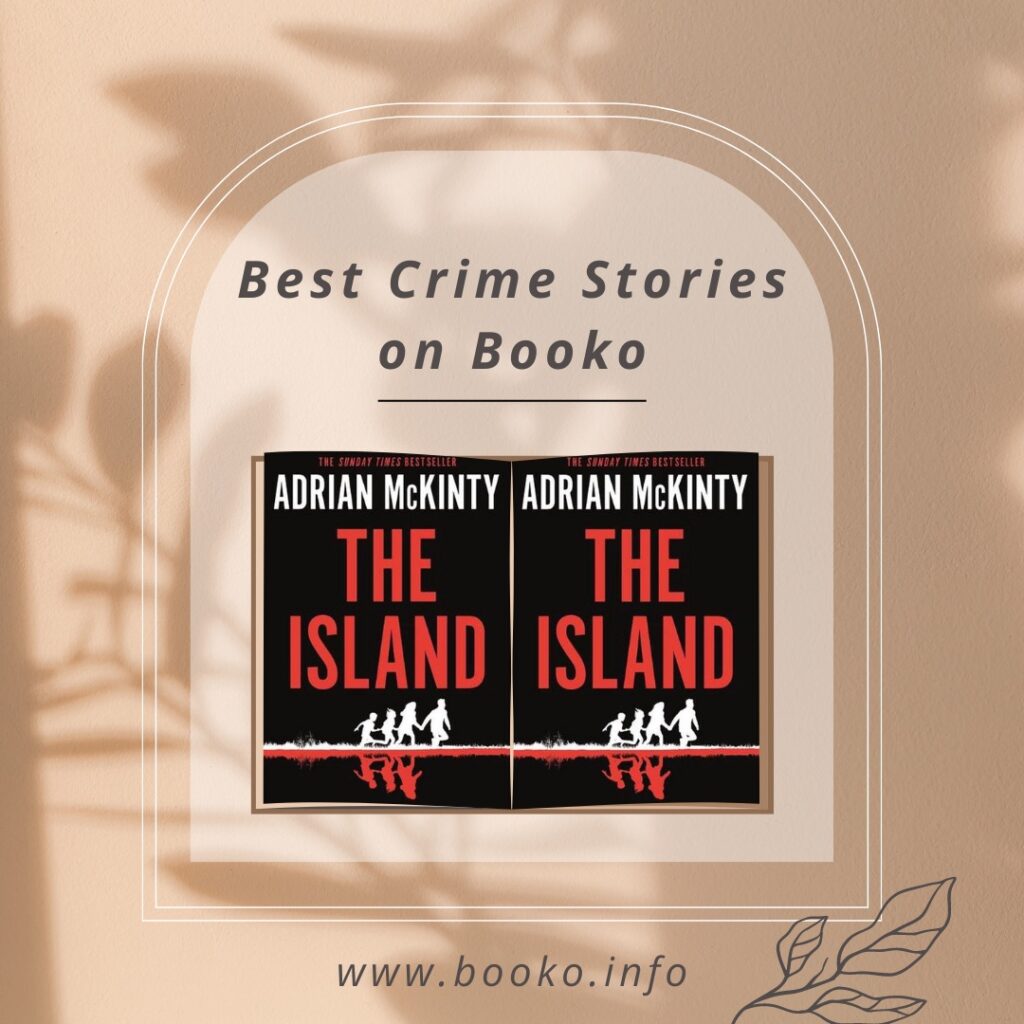
The Madness of Crowds is the incredible new book in Louise Penny’s #1 bestselling Chief Inspector Gamache series.
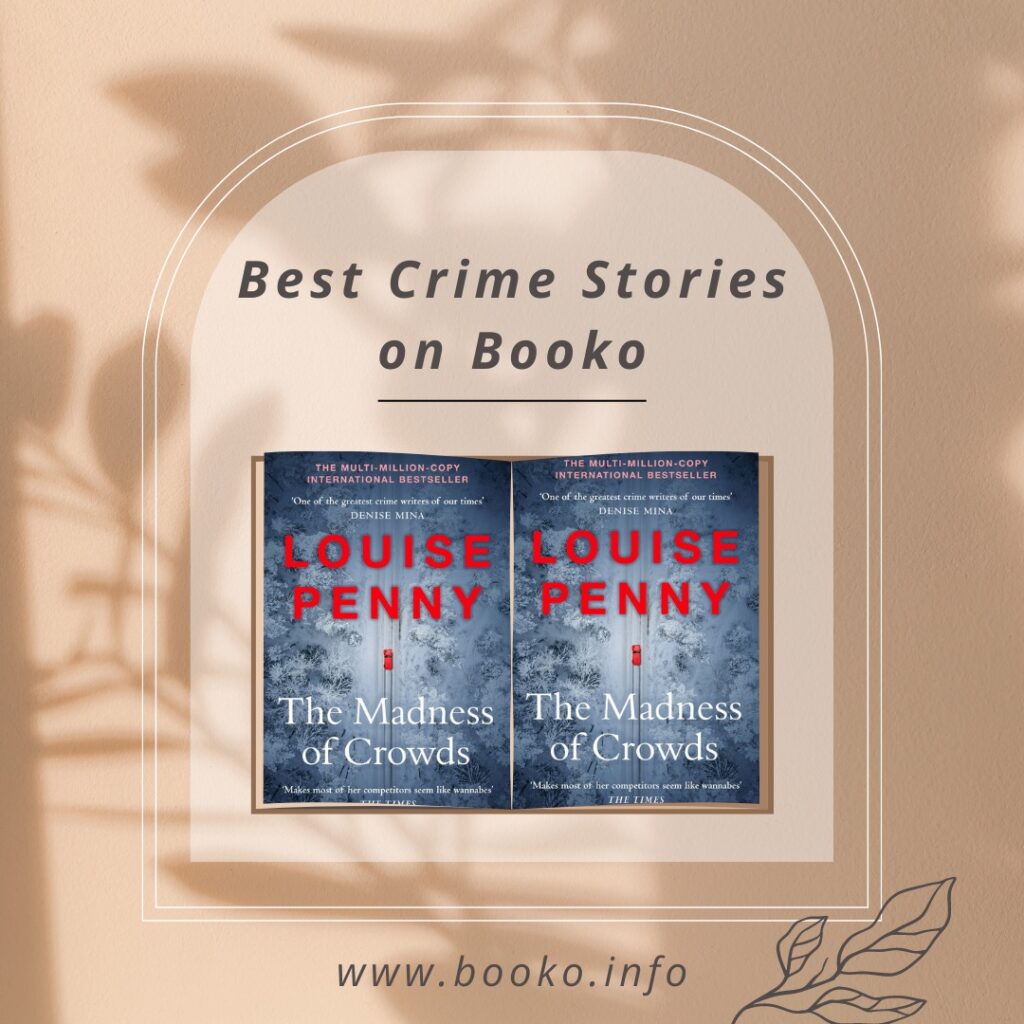
Hunting the Mail Order Murderer is a generously plotted mystery with a high body count and retired homicide detective Arn Anderson agrees to head the hunt.
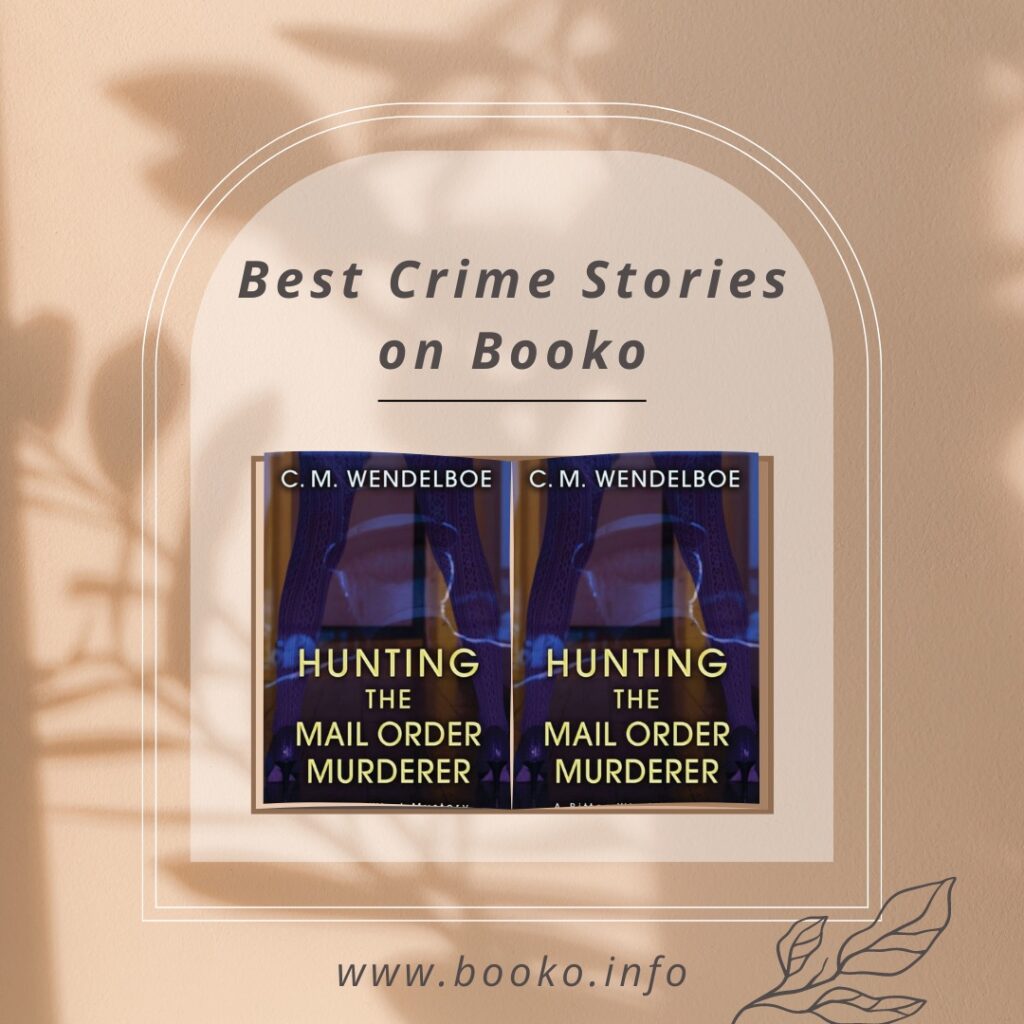
Over 100 years after the publication of her first novel, Agatha Christie’s books are still being enjoyed, justifying her reputation as the “Queen of Crime”, with achievements that go well beyond the mystery genre. Her career spanned over 50 years, producing 66 novels, 14 short story collections, as well as a number of plays, non-fiction and literary fiction under the pseudonym of Mary Westmacott. Agatha Christie is one of the best-known writers in the English language, and remains the bestselling fiction writer of all time (only beaten by Shakespeare and the Bible), as well as the most-translated individual author. Her books have sold over two billion copies, and have influenced the development of detective mysteries, as well as wider popular culture.
Agatha Christie was born in 1890 into an English upper-middle-class family. She loved reading and writing as a child, and wrote her first poem at age 10, and her first short story at 18. However, her path to literary success was not always smooth – after a number of rejections, she finally became a published writer at age 30, and remained a successful author for the rest of her life (and beyond!).
Her stories are famous for their meticulous plots, complete with red herrings and plot twists – they have been likened to intricate puzzles that require readers to scrutinise every sentence for hidden clues. She is also admired for her economy of prose and shrewd observations of human nature. Agatha Christie regularly included details drawn from personal experience: from country house parties, to trips on the Orient Express; her travels to Egypt, Syria, and Iraq; and knowledge about archeology (gained through her time on archeological digs with her second husband), and drugs and poisons (from her work in hospital dispensaries during both World Wars). She has even set a Poirot novel, Dead Man’s Folly, at Greenway House, her holiday home in Devon.
For this week’s showcase, Team Booko has chosen six of Agatha Christie’s best-known as well as most important novels. Is your favourite amongst them?
The Mysterious Affair at Styles
The Mysterious Affair at Styles was Agatha Christie’s first published novel, and it introduced readers to Hercule Poirot, a Belgian police-officer-turned detective with a distinctive moustache. Poirot was inspired by the Belgian refugees Agatha Christie met during World War I; he went on to become her greatest partner in crime, appearing in 33 novels and over 50 short stories. After his last appearance, in Curtain, The New York Times published Poirot’s obituary – the only fictional character to have this honour. Thy Mysterious Affair at Styles is set in a country manor, Styles Court, whose wealthy owner has been murdered with poison. Hercule Poirot, living nearby, takes on the case upon the insistence of his friend, a houseguest at Styles. Besides introducing us to the brilliant, analytical Hercule Poirot, many elements of this story, including the isolated country house, the intricate plot with red herrings and twists, and the final reveal, have become iconic plot devices.
The Murder of Roger Ackroyd is considered by many as Agatha Christie’s masterpiece – including by the Crime Writers’ Association, whose 600+ members voted this book as its Best Ever Novel – “the finest example of the genre ever penned”. Roger Ackroyd is a man engaged to the wealthy Mrs Ferrars, a widow rumoured to have killed her first husband. Within a day of Mrs Ferrars’ unexpected suicide, Roger is found murdered in his own home; the suspects, who include Roger’s relatives, houseguests and servants, all have reasons for wanting him gone. It is up to Hercule Poirot, lured out of retirement, to identify the killer. The Murder of Roger Ackroyd contains probably the most controversial of Christie’s plot twists, and is often cited as a cornerstone of the mystery genre. Once the murderer is revealed, you will want to reread the book right away, looking for missed clues and savouring how Agatha Christie has mislead you.
Miss Jane Marple, an elderly, genteel spinster resident of St Mary Mead, gets her first full-length novel in The Murder at the Vicarage, having already appeared in a number of short stories. Inspired by Agatha Christie’s step-grandmother, Miss Marple is the yin to Hercule Poirot’s yang: instead of Poirot’s professional, methodical analysis, Miss Marple is an amateur sleuth who solves crimes using her intuition and her empathic understanding of human weakness. While investigating the alibis and motivations of various villagers connected to the murder of Colonel Protheroe, the local magistrate, we also get to know Miss Marple’s village, and a number of recurring characters including Miss Marple’s friends, and the local vicar. The 12 novels and 20 short stories about Miss Marple are the forerunners of today’s “cosy mysteries”, typically set in idyllic locations and featuring homely amateur sleuths such as elderly women or pet cats.
One of the best-known and most-popular “locked room” mysteries, Murder on the Orient Express is also memorable because it contains a surprising ending that completely subverts the conventions it has just helped to consolidate. A luxurious train, travelling across Europe through the night, becomes stuck in a snowstorm; there is a cosmopolitan, international set of passengers aboard. One of them, a wealthy, dubious American businessman, is murdered in his cabin, which is locked from the inside. Isolated and with a killer in their midst, Hercule Poirot will need all his “little grey cells” to solve this mystery. Inspired by Agatha Christie’s own experience travelling on the Orient Express in the 1930s, the glamorous period setting has made Murder on the Orient Express a media favourite, with adaptations for radio, TV, stageplay as well as for film.
You may have seen images of the currently-showing film adaptation, full of Art Deco elegance; this most exotic of Agatha Christie’s stories, set in 1930s Egypt aboard a luxury steamer, certainly lends itself to stunning visuals. Death on the Nile starts with Hercule Poirot enjoying a well-deserved holiday on a cruise down the Nile. Alas, intrigue and murder seems to follow him wherever he goes. Not one, but three murders happen onboard – to beautiful heiress Linnet, who was being harassed by a fellow passenger; Linnet’s maid Louise; and romance novelist Salome Otterbourne. All of the suspects have secrets to hide, and only Monsieur Poirot’s talents can untangle the connections between the characters and reveal the killer. Agatha Christie visited Egypt many times throughout her life, first as a young tourist, and later whilst accompanying her archeologist husband on annual archeological digs throughout the Middle East. Besides Death on the Nile, her personal experiences living and travelling in the area informed several other stories, including Murder in Mesopotamia and They Came to Baghdad.
And Then There Were None is a chilling novel more akin to psychological horror than a “typical” Agatha Christie story: in fact, she has methodically subverted all of her trademarks here. The mystery is set up by having ten people at a house party on a small, isolated island; they were played a strange recording, which accuses each person of a crime; thereafter, these ten people begin to die one by one, echoing a sinister nursery rhyme. However, there is no detective involved, no interviews of suspects, no careful search for clues, and no suspects gathered together in the last chapter to be confronted with the solution; what keeps readers on edge is guessing who’s next to die, and how. This clever novel, the bestselling crime novel of all time, was voted “The World’s Favourite Christie” in an online poll marking Agatha Christie’s 125th birthday in 2015.
Hysteria burns through the community of Litani. Dark secrets emerge. And Frankie fears that, even in the bright light of day, she might be living among monsters.
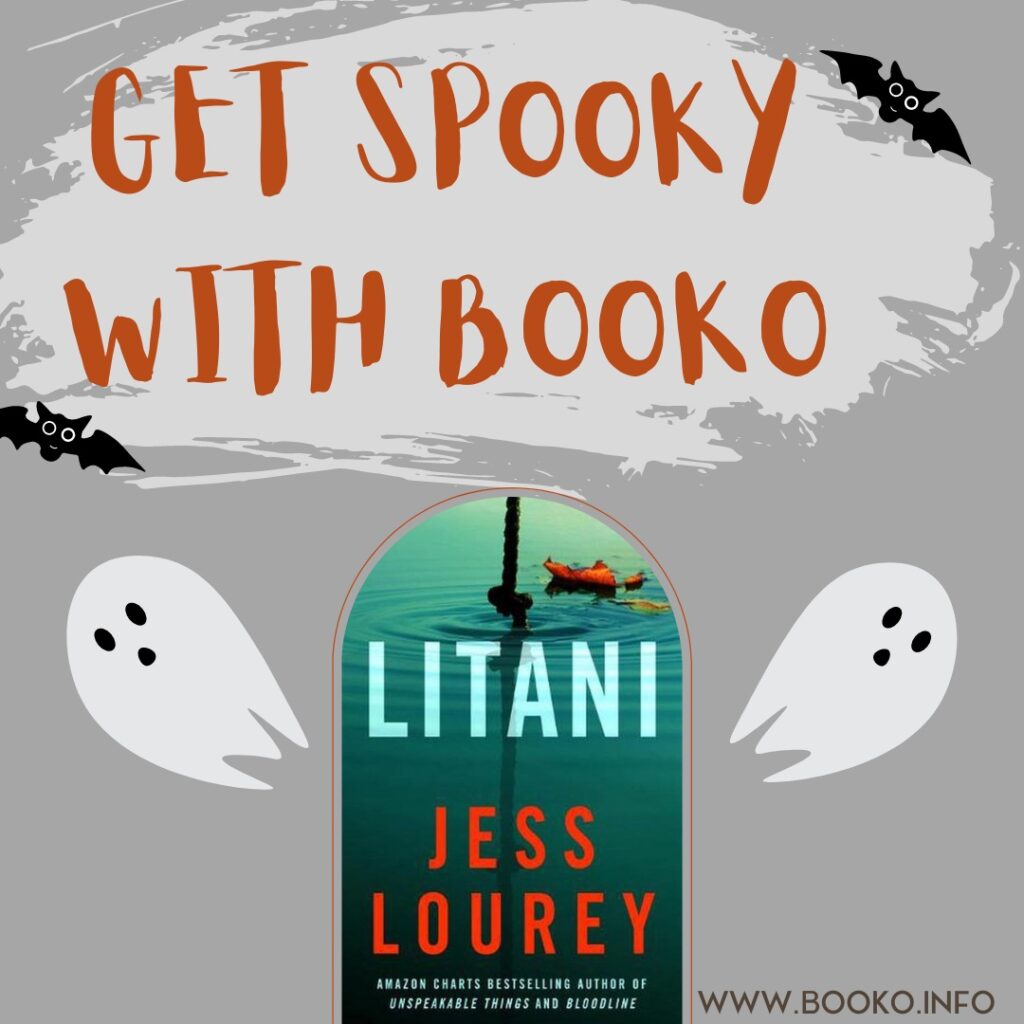
The Other Emily is not only a stunning thriller, but a trip into the dark side of current scientific exploration and is one frightening read.
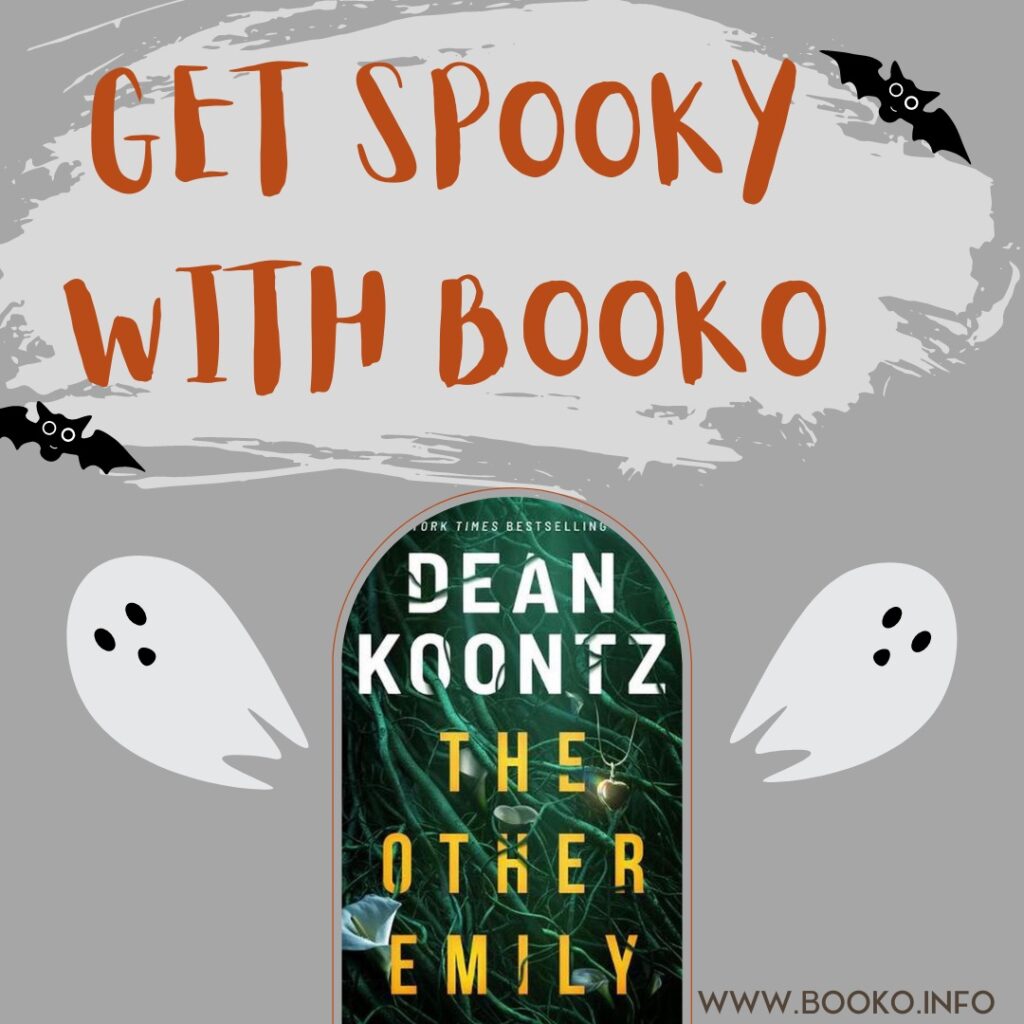
Once There Were Wolves is the tale of a woman desperate to save the creatures she loves. Part thriller, part redemptive love story, this profound novel will stay with you forever.
